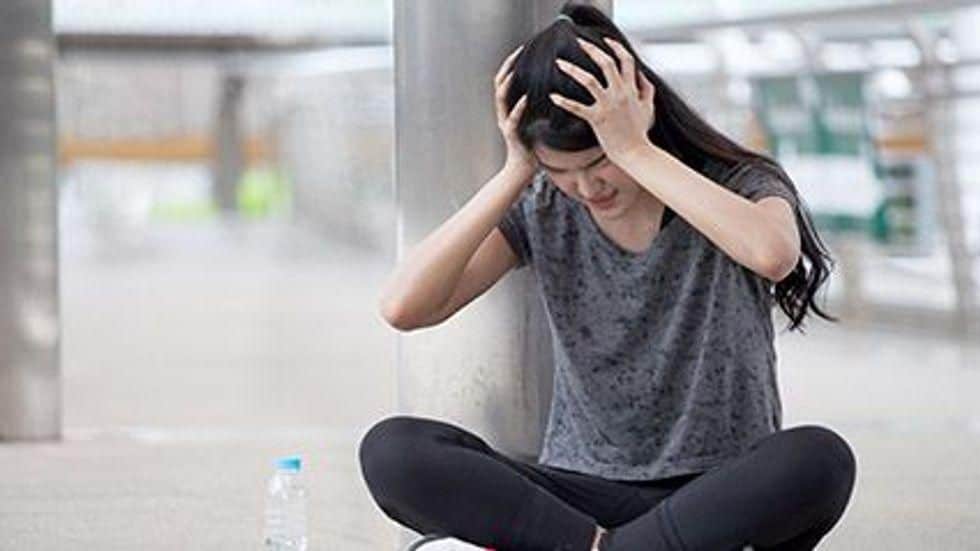TUESDAY, June 29, 2021 (HealthDay News) — Components of nonpharmacologic interventions may be effective for treating pediatric migraine, according to a review recently published in Pediatrics.
Helen Koechlin, Ph.D., from the University of Basel in Switzerland, and colleagues conducted a systematic review and network meta-analysis to examine whether nonpharmacologic treatments are more effective than waiting list for children with migraine. Data were included from 12 studies with 576 participants.
The researchers found that self-administered treatments, biofeedback relaxation, psychological treatment, and psychological placebos were significantly more effective than waiting list when interventions were classified into groups based on the similarity of treatment components; the effect sizes varied from standardized mean differences of 1.14 (95 percent confidence interval, 0.09 to 2.19) to 1.44 (95 percent confidence interval, 0.26 to 2.62) for long-term psychological placebos and short-term self-administered treatments, respectively. However, none of the interventions were significantly more effective than waitlist control when all interventions were examined individually, mainly due to lack of statistical power.
“When analyzed in broad nodes and lumped on the basis of similarity of treatment components, these interventions revealed large and presumably clinically meaningful effect sizes for some patients,” the authors write. “The more detailed analysis (i.e., splitting approach), however, suggested that some of the effects have to be considered carefully because they are based on small studies.”
Abstract/Full Text (subscription or payment may be required)
Copyright © 2021 HealthDay. All rights reserved.


